News October 23, 2025
Study Revisits Egypt’s “Plague of Akhetaten”
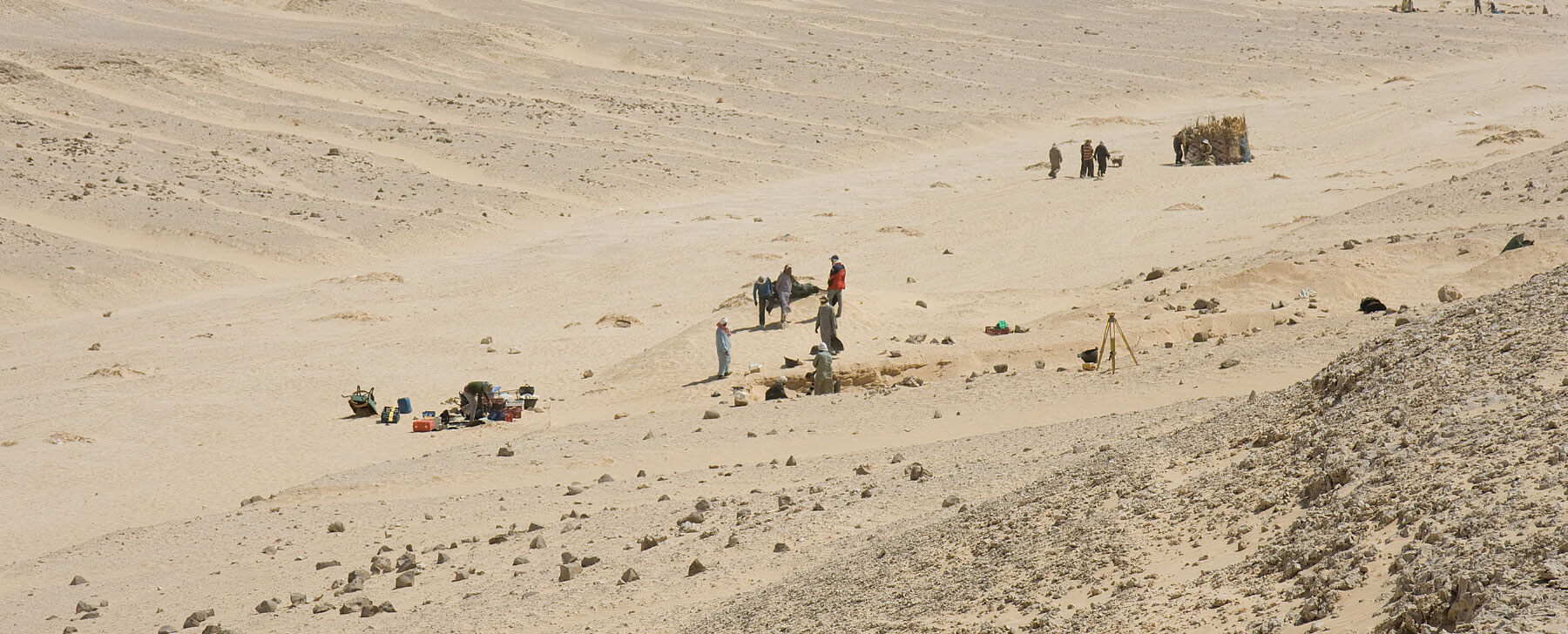
Courtesy Gwil Owen and the Amarna Project
News October 23, 2025
Inscriptions and Massive Walls Revealed in Ancient Anatolian City

News October 23, 2025
Silla Kingdom Tomb Excavated in South Korea
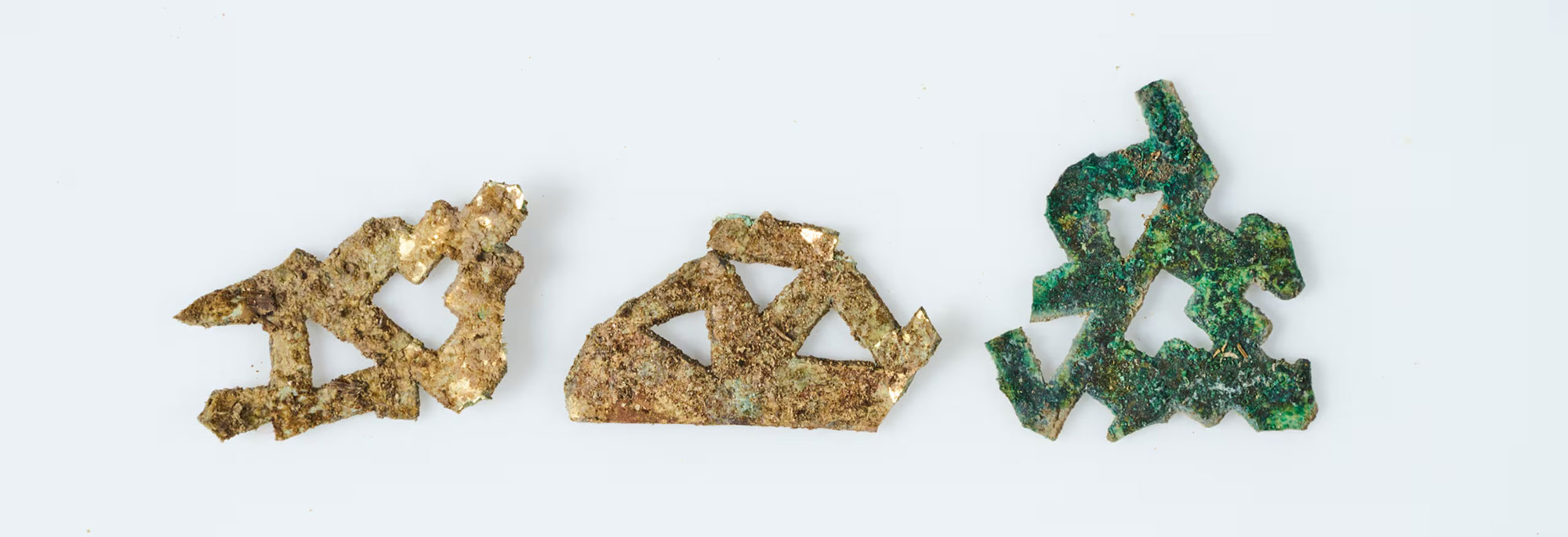
Korea Heritage Service
News October 22, 2025
German Woman Repatriates Illicit Souvenir to Greece
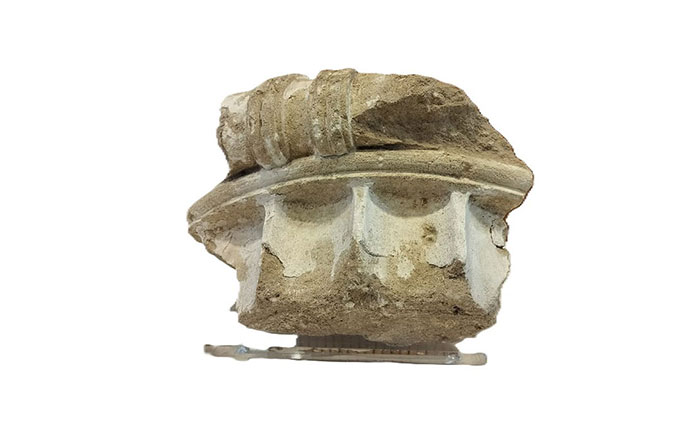
Greek Ministry of Culture and Sports
News October 22, 2025
Ancient Fortress Located on Egypt’s “Way of Horus”
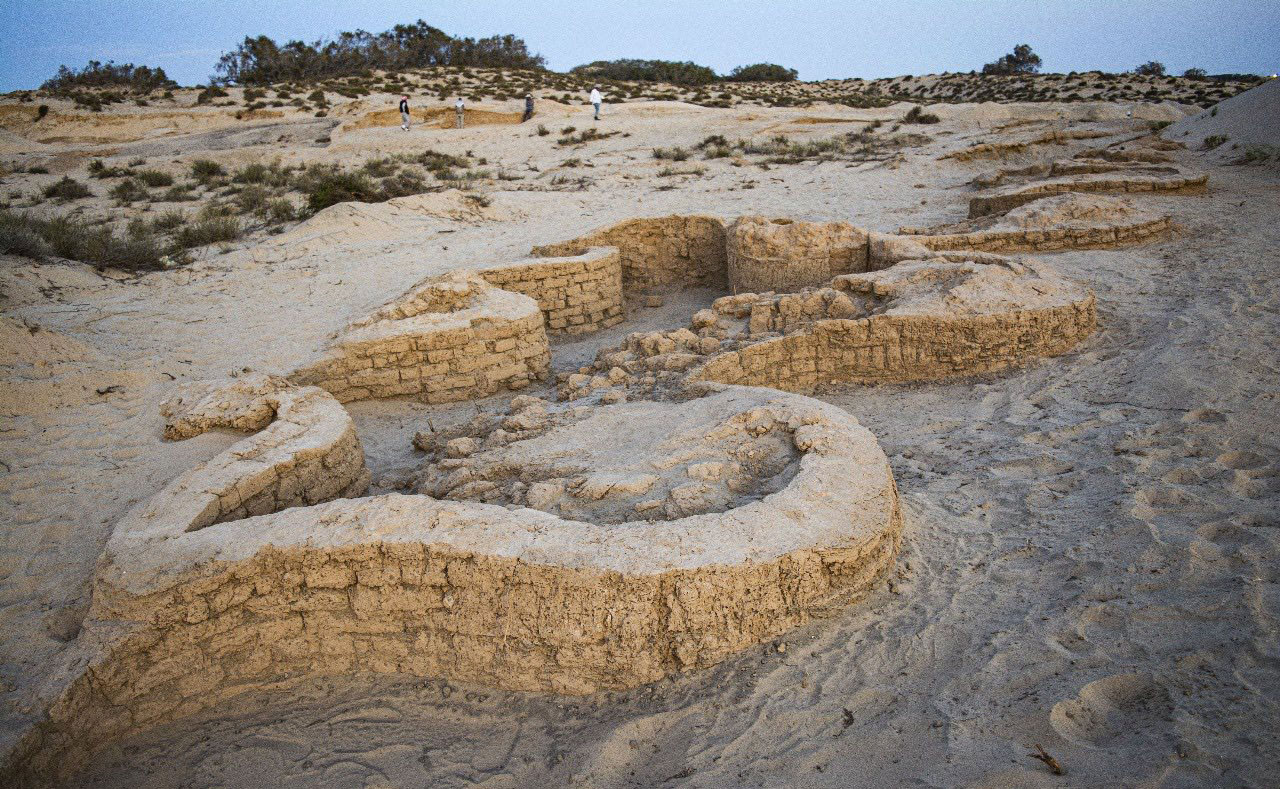
Egyptian Ministry of Tourism and Antiquities
News October 22, 2025
Monumental Roman Tomb Uncovered in Germany
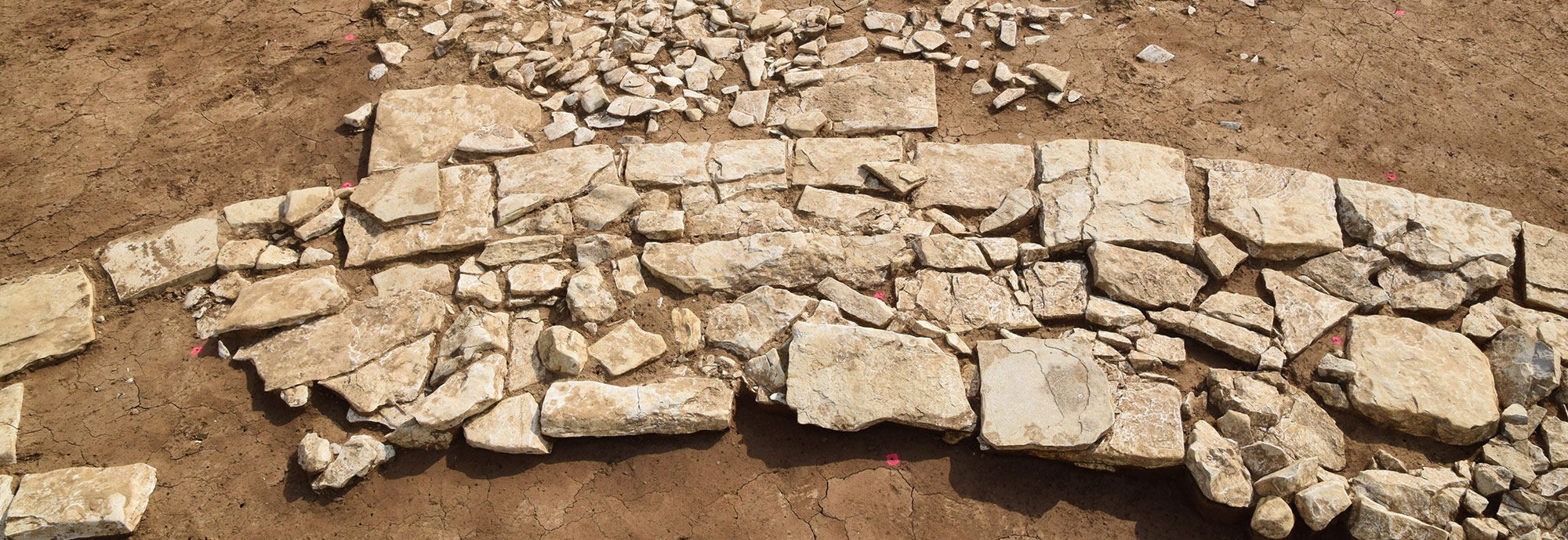
© Archäologiebüro Dr. Woidich GmbH
News October 21, 2025
Scientists Analyze Ancient Skeletons Recovered from Croatian Well
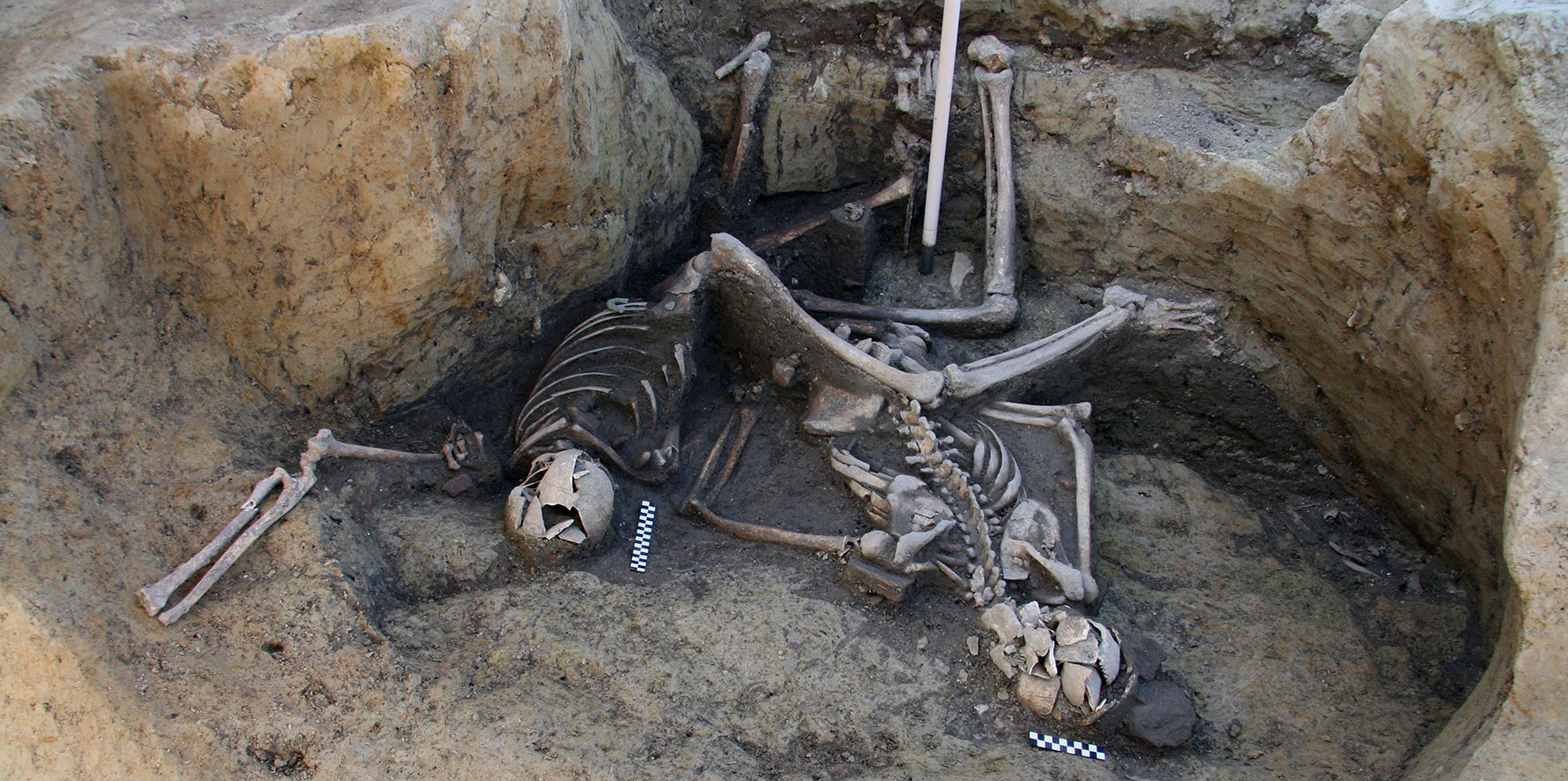
Mario Novak et al., PLOS One
News October 21, 2025
Exploration of Roman Theater in Ancient Nicaea Continues

News October 21, 2025
Medieval Graves Unearthed in Poland

Katarzyna Alagierska
News October 20, 2025
Megalithic Structures Studied in Jordan

The Ritual Landscapes of Murayghat Project, Susanne Kerner
NEVER MISS AN UPDATE
Sign up for our monthly e-Update which includes highlights of the current issue, links to special collections from the magazine’s archive, and opportunities available only for subscribers.

